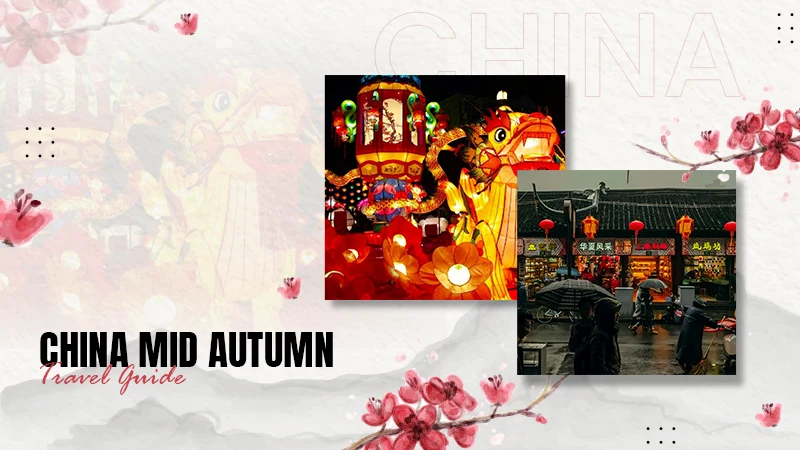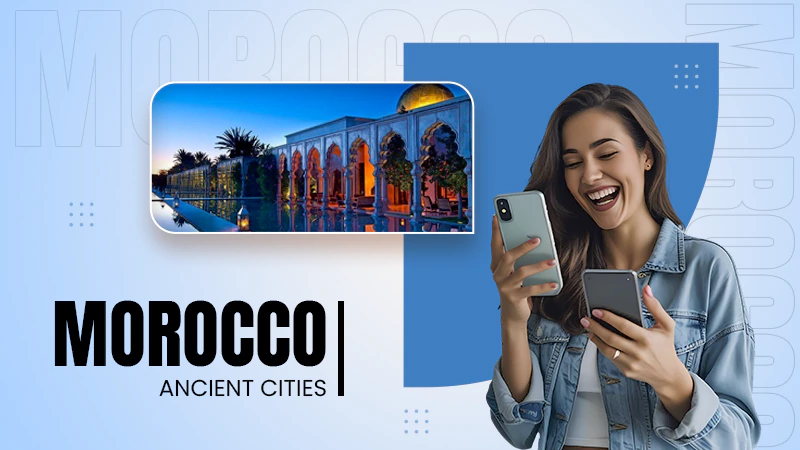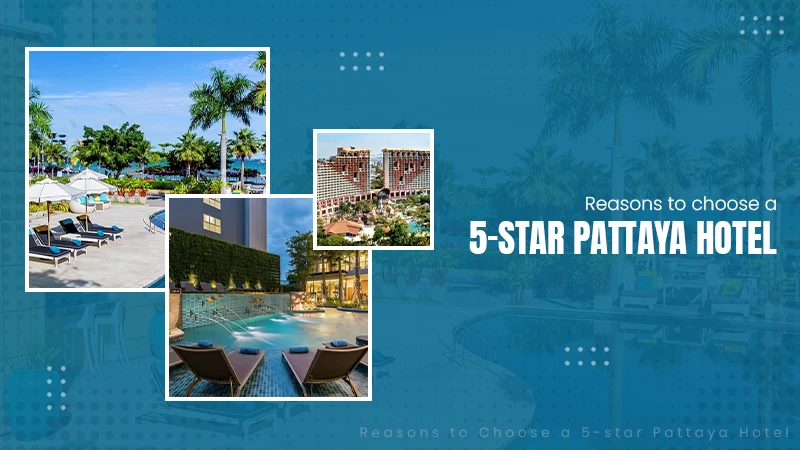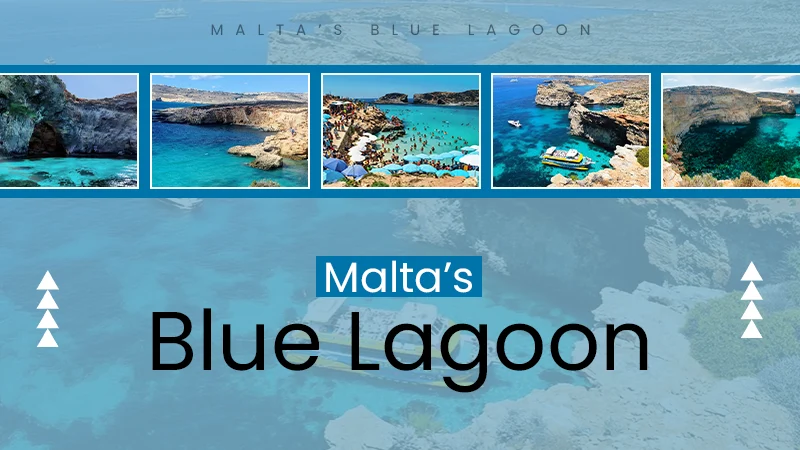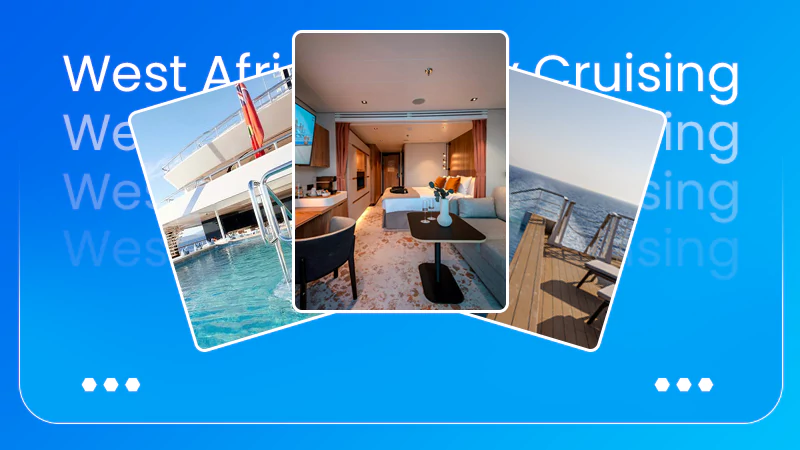
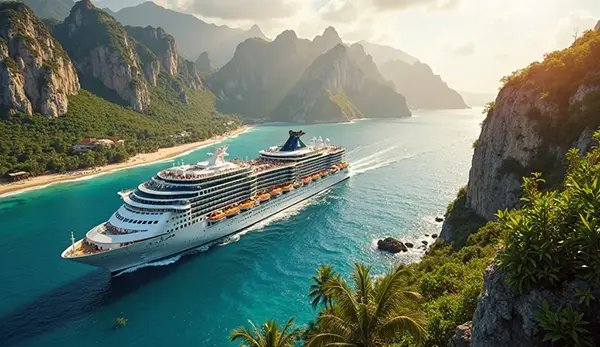
KEY TAKEAWAYS
- West Africa offers luxury expedition cruising and a chance to explore stunning destinations while encouraging sustainable tourism.
- This type of cruising promotes exclusivity as they carry a small number of people compared to standard ships.
- Luxury expedition cruising includes personalized service, gourmet meals, premium drinks (including alcohol), and guided shore visits.
- Senegal, Cape Verde, Gambia, Ghana, Benin, Togo, and Guinea-Bissau are prime places included in West Africa’s expedition journey.
Want to explore remote locations, wildlife, marine life, and less-explored ancient places but don’t want to do hustle like Bear Grylls? Then, luxury expeditions are the solution to your problem. The current travel scene shows that people want luxury expeditions with real exploration. It is becoming popular because it takes tourists to some of the most beautiful and remote locations, which are not common in traditional tourist itineraries. Sounds great, right? With new ship technology, places like the Arctic, Antarctica, and the coastline of West Africa are now accessible.
These sites are different in many ways from regular travel destinations, and they offer unique and stunning views. Some of the most famous sites that you can explore through a luxury expedition cruising in West Africa are Bijagos Archipelago, Abidjan, and Tacugama Chimpanzee Sanctuary in Freetown.
Now, in this article, I will help you understand and learn more about West Africa and its growing demand for luxury expeditions.
The Emergence Of West Africa In Luxury Expedition Itineraries
The travel industry is now focusing on the growing demand of a blend of exploration and indulgence experience. Luxury expedition cruising has gained popularity by including hidden locations, wildlife beauty, historic sites, and complex knowledge in its itinerary. People now try to reach the world’s most remote and untouched areas like the Arctic, Antarctic, and West Africa.
The inclusivity of West Africa in excursions is rapidly increasing, thanks to the growing demand for real exploration, with a blend of exclusivity. And small expedition ships are making remote locations, coastlines, and rivers more accessible.
This type of travelling is now becoming popular, but the market size is not that great at this time, but in the upcoming 5 to 10 years, its demand will skyrocket.
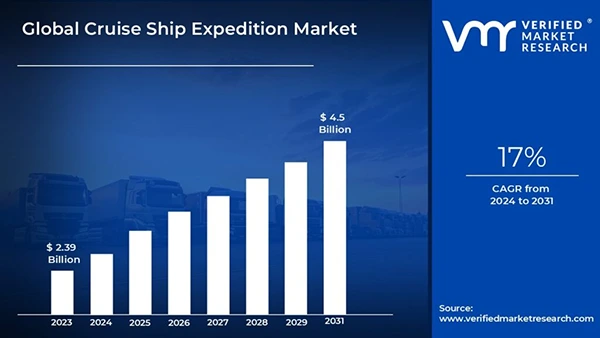
Defining Characteristics Of Luxury Expedition Cruising
The luxury cruising expedition product is characterised by different key features that all together build this unique market offering:
- Vessel Specifications and Capacity
Luxury expedition cruises generally use smaller ships that are built for a specific purpose and route. These ships usually carry a limited number of people, typically between 100 to 300. This size allows them to reach the smaller parts and hidden anchorages of the ship, which is not possible in larger ships.
In polar regions, these ships are designed to handle icy situations and are equipped with safety and advanced navigation systems.
- High Service Ratios and Inclusivity
The difference between a normal cruise trip and these luxury expedition cruises is the high crew-to-guest ratio. Less number of guests allow for personalized service.
The pricing usually covers most of the services so you can enjoy suite accommodation, gourmet meals, premium drinks including alcohol, Wi-Fi, and shore excursions guided by experts.
- Onboard Expertise and Enrichment
The expedition team generally focuses on enrichment of knowledge about natural sites and human-made places included in the itinerary. To do this, they generally hire marine biologists, naturalists, ornithologists, historians, and well-experienced photographers. These specialists have discussions with you, give you lectures, and guide your field trips to make you understand significant details about the visited region or place.
- Itinerary Design and Focus:
Luxury expedition cruises itineraries are created in a way to let you fully experience the destination or the place you are visiting. They mostly include a flexible schedule to enjoy and take advantage of wildlife (Bijagós Archipelago) or pleasing weather. Normal itineraries mostly focus on leisure, whereas these itineraries focus on exploration and learning, while providing a high level of comfort within the cruise.
- Sustainability and Environmental Considerations:
Luxury expedition operators commit to responsible tourism as they follow the rules and guidelines set by IAATO in Antarctica and AECO in the Arctic. They mindfully take care of proper waste management, energy efficiency, and careful navigation to save fragile ecosystems.
Principal Distinctions From Standard Cruise Operations
Luxury expedition cruises are significantly different from standard mass-market cruises. Here is the reason why and how:
- Scale and Passenger Volume:
The most visible difference can be seen in the scale of the operation. A standard vessel carries thousands of passengers with a wide variety of amenities and entertainment. Whereas luxury expedition cruise operations are more intimate and exclusive as they carry a small number of passengers.
- Itinerary Prioritization:
Standard cruise itineraries are mostly focused on high-traffic and pre-determined routes. And solely concentrating on leisure and entertainment. Luxury cruise itineraries tend to prioritize cultural immersion, less-visited destinations, remote places, wildlife, and rivers like the Niger river.
- Service Model and Personalization:
Most standard cruises provide a wide range of services, whereas luxury expedition cruises focus on personalized service. This includes paying attention to individual preference and request.
- Cost Structure and Value Proposition:
Generally, standard cruises have lower upfront costs, with base fare and charge extra for any additional amenities or services. On the other hand, luxury expedition cruise costs are significantly higher. However, it’s all-inclusiveness often provides good value. As gourmet meals, premium drinks including alcohol, Wi-Fi, and shore excursions guided by experts are generally included in it.
- Onboard Atmosphere and Amenities:
The atmosphere on a luxury expedition cruise is calmer than a standard cruise. It has libraries, observation lounges, and lecture theaters. Leisure and comfort are important, but these cruises provide sophisticated space for exploration rather than casinos, pools, or large entertainment areas.
In-Depth Focus: The Diverse Allure Of West African Itineraries
West Africa is becoming an attractive destination among tourists for luxury expedition cruising, offering a rich blend of culture, history, ecosystem, and human experience. Swan Hellenic’s West Africa cruises are designed in a way to provide you the most of it.
The geography here in West Africa varies with the rough coastlines, winding rivers like Saloum and Gambia river, and beautiful islands like Cape Verde Islands and Bissagos Archipelago of Guinea-Bissau.
West Africa has a strong history as home to powerful ancient empires like Ghana, Mali, and Songhai, which contributed to education and trade before Europeans came into the picture. After the arrival of Europeans, this coastline came into use as an unfortunate transatlantic slave trade.
Many expedition cruises significantly visit these sites, like Gorée Island near Dakar, Senegal, and historic forts in Ghana, such as Elmina and Cape Coast. Visiting here helps you understand the painful past and in-depth complex history of these places.
The biodiversity of East Africa is another incredible thing about this region. Palearctic migratory birds, mangrove ecosystem of Saloum Delta, and Bissagos Archipelago, a designated UNESCO Biosphere Reserve, are great places to explore wild and marine life.
Sierra Leone’s Tiwai Island Wildlife Sanctuary and Liberia’s Sapo National Park have different types of primate populations, although they are not very popular among luxury expeditions. Sometimes, operators add them to the itinerary on travellers’ demand.
Some of the primary places that this itinerary includes are:
Senegal: Apart from Dakar and Gorée, luxury expedition cruise itinerary often includes Saint-Louis, the former colonial capital, known for its unique architecture. They also add the Saloum Delta’s mangrove and Casamance river visit.
Cape Verde: Every island of Cape Verde offers a different experience, from Santiago’s historical significance to Fogo’s volcanic energy. Santo Antão’s hiking is a whole new experience too.
The Gambia: The Gambia is technically the smallest country on the mainland of Africa, but it delivers a variety of wildlife and scenic beauty. The river cruising adventure in the Ghamibia river, birdwatching experience in Abuko Nature Reserve are something to die for.
Ghana, Benin, Togo: These places are good for regular tourists, but it is less likely to be an outstanding option for luxury expedition cruising. But specialized itineraries may include remote places and coastal areas of Ghana for its historical forts and remote nature. Highly focused cruise programs may organize visits to Benin, Togo, as they provide a unique cultural experience. Here you can talk to native people and explore local markets.
Guinea-Bissau: Bissagos Archipelago offers interaction with unique island communities and a remarkable ecological experience.
The expedition operators thoughtfully work with local partners and communities for sustainable and seamless tourism.
DID YOU KNOW?
A country named Senegal in West Africa has a pink lake. The reason for this colour is high salt ratio and a special type of algae (Dunaliella salina) in the water.
Concluding remarks
Luxury expedition cruising to remote locations like the Arctic, Antarctica, and West Africa is changing the way of exploration for authentic travelers, who want the real excursion and have a desire to gain knowledge about marine life, wildlife, and the complex history of ancient sites.
The operators of this journey ensure personalized service, sophisticated space for observation, and calm atmosphere rather than loud entertainment spaces like standard cruising.
So if you are one of those travellers who want to explore the untouched parts of the world with this kind of service, then you must try a luxury expedition, especially in West Africa.
What kind of activities can be expected on a West Africa luxury expedition cruising?
Shore exploration, wildlife viewing, birdwatching, and opportunity to learn about historic and ancient sites can be expected on luxury expedition cruising.
What level of services is provided by luxury expedition cruises?
The service provided by luxury expedition cruises is very personalized, as they include dedicated butlers, high-class meals, and premium drinks. They also have experts like marine biologists, historians, ornithologists, naturalists, and photographers on board to guide you.
What is the cost of West Africa’s luxury expedition cruising?
It is based on several factors like company, duration, and accommodation type. However, expect to pay at least 300$-600$ or more per person per night.
Which cruise line is best for West Africa’s luxury expedition cruising?
Silversea Expeditions and Swan Hellenic are the most picked cruise lines by travellers in West Africa.
What is the ideal season for luxury expedition cruising in West Africa?
The dry season from October to March is ideal for luxury expedition cruising in West Africa.


